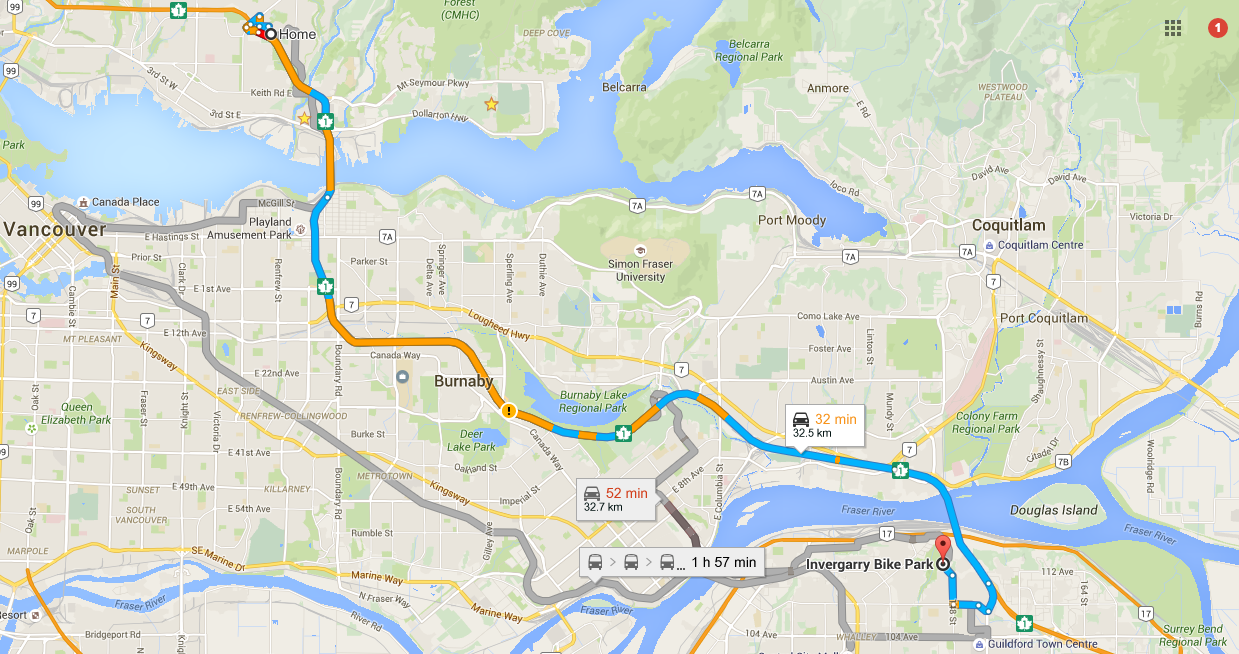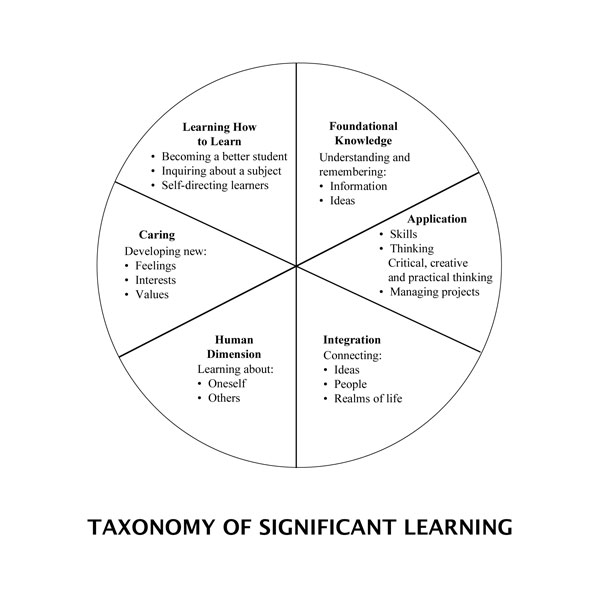
Source: https://s-media-cache-ak0.pinimg.com/736x/4b/80/9e/4b809e7bf3d048ba8f61eef6889fcaaf.jpg
This image would be much more humorous if it wasn’t for the fact that this is an unfortunate and accurate representation of what is happening in our educational systems. Because we have been focusing on the technology and not the learning and have been attempting to gauge the effectiveness of applying today’s technology based on yesterday’s standards we are going nowhere in a hurry. Papert (1993) likened this to:
Attaching a jet engine to an old-fashioned wagon to see whether it will help the horses. Most probably it would frighten the animals and shake the wagon to pieces, “proving” that the jet technology is actually harmful to transportation. (p. 29)
Most people would chuckle at Papert’s example and ask how can anyone or any group be so naive or foolish? Yet, by trying to improve our passive traditional teacher-centered pedagogy with the application or addition of technology, we have essentially strapped a technological jet engine to our classrooms. Perhaps we should be pleased that we are at least not harming the animals (the teachers and students) and haven’t shaken our classrooms (the wagons) into pieces as the ‘no significant difference’ test results would show.
Unfortunately, we have the tendency to make similar mistakes when it comes to curriculum planning and instructional design. We all too often look to the content to be covered, update our terminology to reflect the current trends (individualized instruction, flipped classroom, blended learning, genius hour, 20% time, etc.), and then simply add in some new trendy activities to our well-established routines. We also bolt on some technology for added benefit. In minutes you have a new lesson plan, unit plan, or course plan. If you are fortunate enough to have a text book which chapter headings can be used to structure the content delivery steps—all the better.
However, if you really want to create significant learning environments by giving your learners choice, ownership, and voice through authentic learning opportunities then you have to build your courses and programs differently. You can’t just bolt on new activities to your existing curriculum. You have to look at doing things differently by using the backward design mythologies that require you to start with a big hairy audacious goal (BHAG) which you construct by imagining what your learner will look like, become, or be able to accomplish by the end of the course or units of instruction. I have outlined this process in greater details in the post, 4 Keys to aligning outcomes activities, and assessment.
Be forewarned… this is not going to be an easy process. Leon Festinger (1957) has argued that we seek or strive for psychological consistency and are motivated to reduce the cognitive dissonance that comes from dealing with contradictory information or ideas. It is not uncommon to feel psychologically uncomfortable when we are asked to do things differently than what we are accustomed. We look for ways to conform and align what we are doing with what we believe and if we can’t find this alignment we become uncomfortable. When this happens people will either change their beliefs to align with their actions or change their actions to align with their beliefs.
Fortunately, you get to choose how you are going to deal with this situation. If you are put in a position where you are asked to experiment or apply a different approach to creating your course or other units of instruction you have two choices. You can temporarily suspend your traditional content coverage beliefs about course design and adopt the new course design methodologies at the beginning of the process and then the actions of creating your BHAG and aligning outcomes, activities and assessments will fall into place and your discomfort may be limited or reduced. In contrast, if you maintain your traditional beliefs and choose to focus on content coverage you will find that you will not only be uncomfortable with the new course design process you will also not be able to create a BHAG nor align the outcomes, activities, and assessments that are so important to creating significant learning environments.
If you really want to get the most out of any learning opportunity you have to fight through the cognitive dissonance and experiment with the new ideas and processes to see if they really can make a difference. If you aren’t willing to do this with your course or unit design then you really do run the risk of bolting new more powerful ideas onto an antiquated foundation. Don’t your learner’s deserve more?
References
Festinger, L. (1957). A theory of cognitive dissonance. Stanford, CA: Stanford University Press.
Papert, S. (1993). The children’s machine: Rethinking school in the age of the computer. New York, NY: Basic books.


































